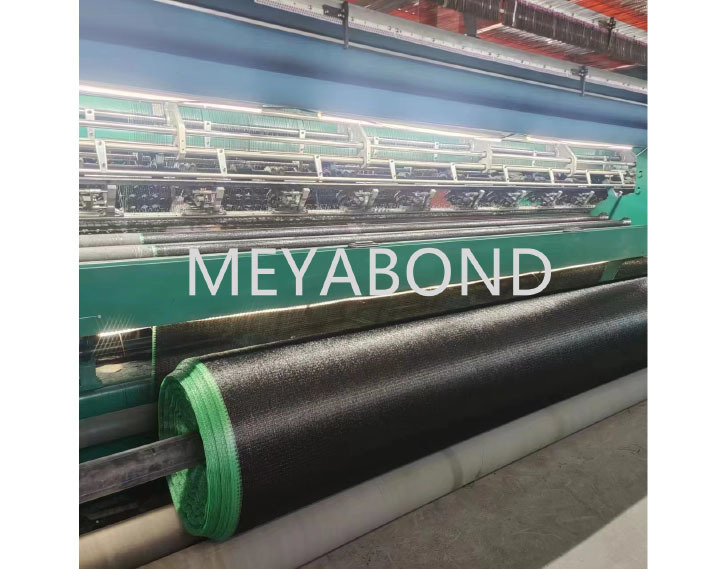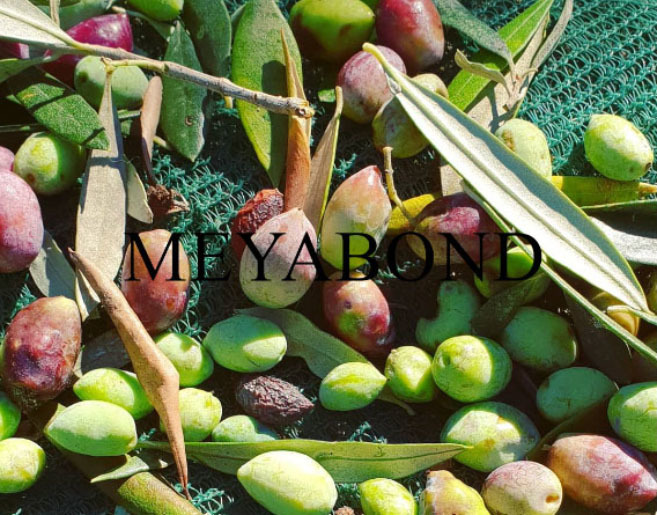Why Woven Shade Cloth is Essential for Greenhouse Success: A Comprehensive Guide
Why Woven Shade Cloth is Essential for Greenhouse Success
Table of Contents
- Introduction to Woven Shade Cloth
- Benefits of Using Woven Shade Cloth in Greenhouses
- Types of Woven Shade Cloth
- How to Use Woven Shade Cloth Effectively
- Installation Techniques for Woven Shade Cloth
- Maintenance Tips for Woven Shade Cloth
- Frequently Asked Questions (FAQs)
- Conclusion: Embracing Woven Shade Cloth for Optimal Greenhouse Performance
Introduction to Woven Shade Cloth
In the world of **agriculture**, especially within controlled environments like greenhouses, maintaining the right conditions for plant growth is crucial. One indispensable tool in this endeavor is **woven shade cloth**. This material not only provides protection from harsh sunlight but also enhances the overall growth environment for various plants. As we delve deeper into the significance of woven shade cloth, we will explore its myriad benefits, the different types available, effective usage strategies, installation methods, and maintenance tips.
Benefits of Using Woven Shade Cloth in Greenhouses
Woven shade cloth serves multiple purposes in a greenhouse setting. Here are some key benefits:
1. Temperature Regulation
One of the primary advantages of using woven shade cloth is its ability to regulate temperature. By filtering sunlight, it helps maintain a cooler environment, preventing overheating and ensuring that plants thrive.
2. UV Protection
Woven shade cloth effectively blocks harmful UV rays that can damage plants. This protection is especially critical for delicate species that cannot withstand intense sunlight.
3. Enhanced Growth Rates
By controlling light intensity, woven shade cloth fosters optimal growth conditions. Plants can photosynthesize more efficiently, leading to improved yields and healthier crops.
4. Pest and Insect Barrier
Certain woven shade cloth options can act as a barrier against pests. This added layer of protection helps prevent insect infestations, reducing the need for chemical interventions.
5. Versatility
Woven shade cloth is incredibly versatile. It comes in various shades and densities, allowing growers to select the appropriate type based on their specific greenhouse needs and the plants they are cultivating.
Types of Woven Shade Cloth
Understanding the different types of woven shade cloth can help you make an informed decision for your greenhouse.
1. Light-Duty Shade Cloth
Light-duty shades are ideal for young plants and seedlings that require indirect sunlight. They typically provide around 30-50% shade.
2. Medium-Duty Shade Cloth
This type offers moderate shade (50-70%) and is suitable for a wide range of plants, including flowering and fruiting varieties.
3. Heavy-Duty Shade Cloth
Heavy-duty options provide 70-90% shade and are best for mature plants that require significant protection from direct sunlight.
4. Reflective Shade Cloth
Reflective shades are designed to bounce sunlight away from plants, further aiding in temperature control. These are particularly useful in regions with intense sunlight.
5. Customizable Shade Cloth
For unique greenhouse designs, customizable options allow growers to specify dimensions and shade percentages, ensuring a perfect fit for their specific setup.
How to Use Woven Shade Cloth Effectively
To maximize the benefits of woven shade cloth, understanding how to use it effectively is important.
1. Assess Your Greenhouse Needs
Evaluate the types of plants you are growing and their specific light requirements. This assessment will guide your choice of shade cloth type and density.
2. Determine Placement
Consider where the sun hits your greenhouse most intensely. Position the shade cloth in these areas to provide optimal protection.
3. Monitor Temperature and Growth
Regularly check temperature levels within the greenhouse and observe plant growth. Adjust the shade cloth type or positioning as needed to maintain an optimal environment.
4. Combine with Other Climate Control Strategies
For best results, use woven shade cloth in conjunction with other methods of climate control, such as ventilation systems and humidity control measures.
Installation Techniques for Woven Shade Cloth
Correct installation is key to the effectiveness of woven shade cloth. Here’s how to do it right:
1. Gather Necessary Tools
Before starting, ensure you have all the required tools, including clips, ropes, and a sturdy framework for securing the shade cloth.
2. Measure and Cut
Use accurate measurements to cut the woven shade cloth to size. Ensure that the cloth extends beyond the edges of the area you intend to cover for secure fastening.
3. Secure the Shade Cloth
Using clips or ropes, secure the shade cloth tightly over the designated area. Make sure there are no loose sections that wind could catch, as this may cause damage.
4. Regularly Inspect Installation
Periodically check the installation for any signs of wear or damage. Promptly address any issues to maintain effectiveness.
Maintenance Tips for Woven Shade Cloth
To prolong the life of your woven shade cloth and ensure its efficacy, follow these maintenance tips:
1. Regular Cleaning
Dirt and debris can accumulate on shade cloth, diminishing its effectiveness. Clean the cloth regularly using gentle soap and water to maintain its integrity.
2. Inspect for Damage
Frequent inspections will allow you to catch any rips or tears early. Repair or replace damaged sections promptly to avoid compromising your greenhouse environment.
3. Seasonal Adjustments
As seasons change, so do sunlight patterns. Consider adjusting the positioning or type of shade cloth according to seasonal variations for optimal results.
4. Store Properly During Off-Season
If your shade cloth is removable, consider storing it properly during the off-season to prevent damage from harsh weather conditions.
Frequently Asked Questions (FAQs)
1. How do I choose the right density of woven shade cloth for my greenhouse?
Consider the types of plants you are growing and their light requirements. Use lighter shades for seedlings and heavier shades for mature plants.
2. Can woven shade cloth be used in all climates?
Yes, woven shade cloth can be effective in various climates, but you may need to adjust the density based on local sunlight intensity.
3. How does woven shade cloth affect humidity levels?
While woven shade cloth helps regulate temperature, it can also indirectly affect humidity. Be sure to monitor humidity levels and adjust as necessary.
4. Is woven shade cloth durable?
Yes, high-quality woven shade cloth is designed to withstand various weather conditions. Proper maintenance can extend its lifespan even further.
5. Can I install woven shade cloth myself?
Absolutely! With the right tools and following proper installation techniques, you can easily install woven shade cloth in your greenhouse.
Conclusion: Embracing Woven Shade Cloth for Optimal Greenhouse Performance
In conclusion, woven shade cloth is a vital component for achieving greenhouse success. Its numerous benefits, including temperature regulation, UV protection, and pest deterrence, make it an essential tool for growers. By understanding the types of woven shade cloth available and employing effective installation and maintenance techniques, you can create the ideal environment for your plants. Investing in quality woven shade cloth will undoubtedly lead to thriving crops and a successful greenhouse operation.
Key words:
Related News
CONTACT US
Email: sales8@meyabond.com
Tel: +8618911966213
No.3 Yard, ZhongHe Road, 100071,FengTai District, Beijing, China
Email: sales8@meyabond.com
Tel: +8618911966213
No.3 Yard, ZhongHe Road, 100071,FengTai District, Beijing, China
















